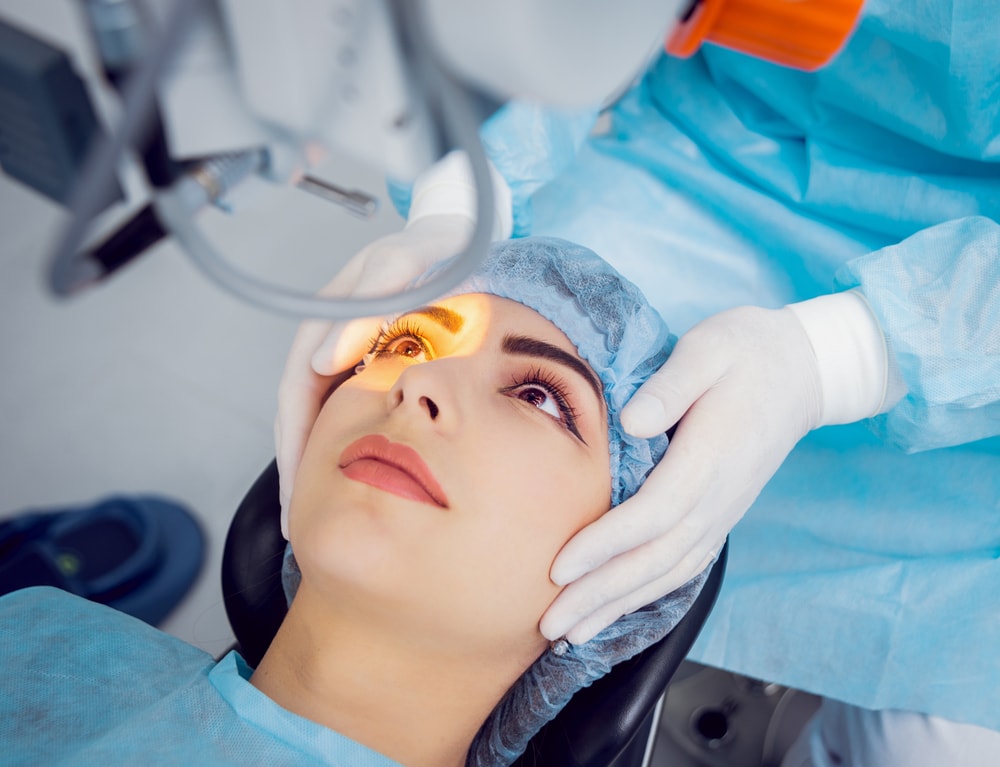Diagnostic imaging in ophthalmology helps us see the eye’s inner workings. It guides us in diagnosing and treating various eye conditions. From retinal scans to ultrasound, these tools offer detailed views of the eye’s structure. This is crucial for detecting issues that might affect vision. In some places, like pediatric imaging colorado, these technologies are essential in caring for young patients. By understanding these tools, we can better protect and preserve vision.
The Role of Diagnostic Imaging
Diagnostic imaging plays a vital role in eye care. It helps us identify problems early, allowing timely interventions. This makes it possible to preserve vision and maintain eye health. These techniques provide a non-invasive way to explore the eye’s complex anatomy. They offer a clear picture of what might be affecting the eye, leading to more accurate diagnoses.
Common Diagnostic Imaging Techniques
Several imaging techniques are commonly used in ophthalmology. Each offers unique benefits in diagnosing different conditions:
- Optical Coherence Tomography (OCT): OCT provides high-resolution images of the retina. It is essential for diagnosing conditions like macular degeneration and diabetic retinopathy.
- Fundus Photography: This involves taking photographs of the inside of the eye. It helps detect abnormalities in the retina and optic nerve.
- Ultrasound: Ultrasound uses sound waves to create images of the eye. It is useful for examining the eye when the view is blocked by cataracts or blood.
Comparing Imaging Techniques
Each imaging technique has its own strengths. Here’s a quick comparison:
| Technique | Best For | Advantages |
|---|---|---|
| OCT | Retinal conditions | High resolution, non-invasive |
| Fundus Photography | Retinal and optic nerve abnormalities | Easy documentation, wide view |
| Ultrasound | Obscured views | Can see behind obstructions |
Advancements in Imaging Technology
The field of diagnostic imaging is constantly evolving. New advancements offer even more detailed images and quicker results. For example, adaptive optics are enhancing the clarity of retinal imaging. This allows for the examination of cell structures within the eye. Such innovations improve our ability to diagnose and treat eye conditions effectively.
Impact on Patient Care
The use of advanced imaging techniques significantly impacts patient care. It allows for:
- Early Detection: Early detection of diseases leads to better treatment outcomes.
- Accurate Monitoring: Monitoring changes over time ensures that treatments are effective.
- Personalized Treatment: Imaging helps tailor treatments to each patient’s needs.
Routine care is more effective after treatment when imaging is used to track progress. This is essential for conditions like glaucoma and diabetic eye disease. The National Eye Institute studies show that continuous monitoring improves long-term outcomes.
Future Directions
The future of diagnostic imaging in ophthalmology is promising. With ongoing research and technological advancements, we expect to see even more precise imaging techniques. These will likely reduce the time needed for diagnosis and improve the accuracy of treatments. As we continue to explore these technologies, the hope is to make vision care more accessible and effective for all.
In conclusion, understanding and utilizing diagnostic imaging in ophthalmology is key. It plays a crucial role in maintaining and improving eye health. By staying informed about these tools and their benefits, we contribute to a future where vision care is more advanced and reliable.

